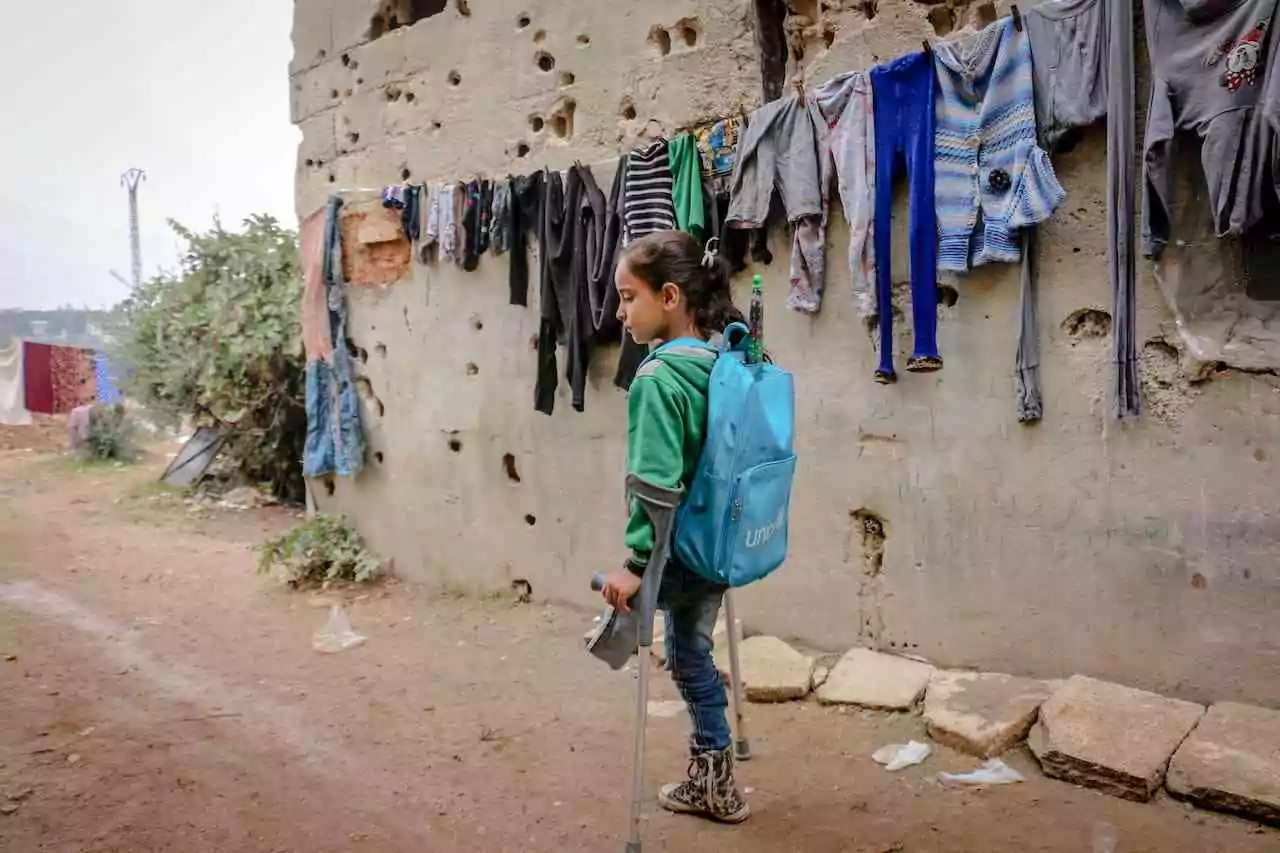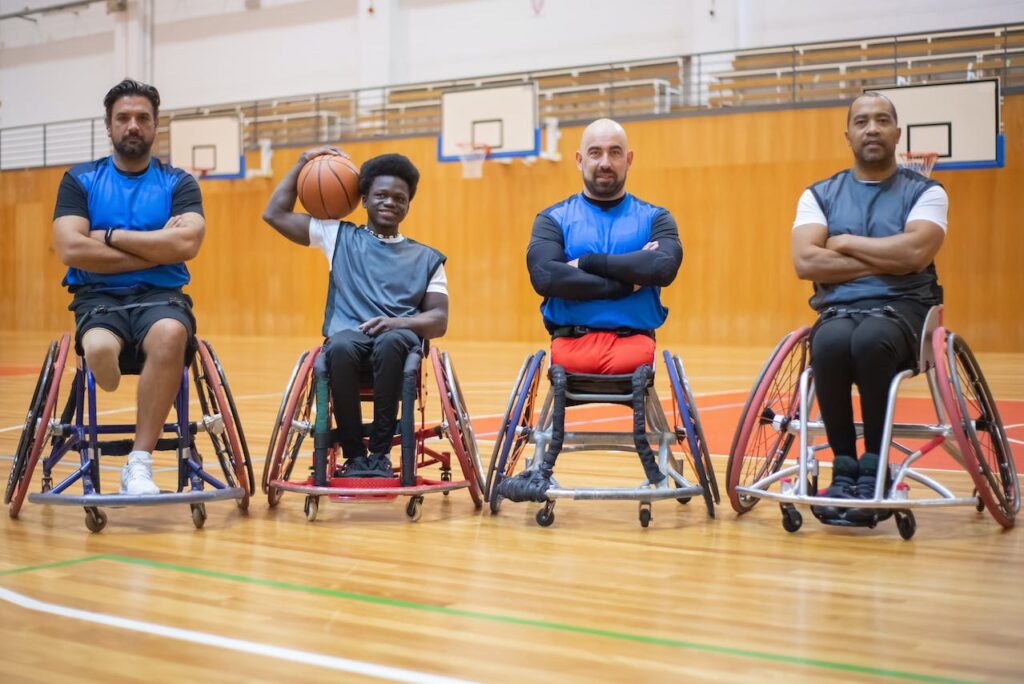Science
It’s Not About the Money or Atmosphere. Something Else Kills the Will to Work
22 December 2025

The participation of individuals with disabilities is fortunately increasing. While much remains to be done, in developed countries numerous legal regulations have long existed to ensure convenient access to public spaces and transportation for people with limited mobility. However, intellectual disabilities also demand attention. To enable such individuals to function more fully in society, access to education is crucial.
Not long ago, yet in a dark past, individuals with intellectual disabilities or developmental disorders were permanently isolated from the rest of society. Our incomplete understanding of these conditions often led us to feel ashamed of our family members, fearing contact with such individuals due to their atypical behaviors that deviated from accepted norms. Advances in medicine, psychology, and modern diagnostic methods have enhanced our understanding of the challenges many face. Furthermore, we have learned how to assist them effectively.
Historically, the terminology used to categorize subtypes of intellectual disability often seems unfortunate in today’s context. Presently, we recognize three degrees of intellectual disability: mild, moderate, and severe. In common parlance, the term ‘delayed’ is frequently used, accurately reflecting that this disorder causes brain development, manifest in intellect and emotions, to remain at a childlike level regardless of actual age.
Despite the challenges faced by intellectually disabled individuals, those with mild to moderate levels can successfully integrate into society. However, appropriate therapeutic intervention, starting in early childhood, is essential. Due to significantly slower neurological development, intellectually disabled individuals often struggle to comprehend more complex human behaviors. They tend to take others’ words literally, missing nuances like irony. They also have difficulty understanding others’ emotions and often express their own in a direct and sometimes abrupt manner, typical of early childhood developmental stages.
Nevertheless, these individuals possess many strengths. Overcoming prejudices and stereotypes can reveal that they are endowed with remarkable talents, allowing them to become socially valuable citizens like anyone else.
One of the most common neurodevelopmental disorders is autism spectrum disorder (ASD). It is characterized by difficulties in social functioning, intense interests, atypical sensory processing, and repetitive, inflexible behavior. According to the still active ICD-10 catalog of diseases and disorders, distinctions were made between childhood autism, atypical autism, and Asperger’s syndrome, the latter being considered a milder form of the disorder.
The development of ICD-11 introduced significant changes in classification. Observations by clinicians and therapists working with individuals on the spectrum revealed the challenge of categorizing a patient into a specific subtype of the disorder. Consequently, it was proposed that individual difficulties in behavior and development, such as intellectual abilities and the development of functional language, should be the criteria for determining the specific subtype within the spectrum. This approach allows for a clear identification of the areas of social functioning a patient struggles with, leading to a more appropriate and helpful selection of therapeutic interventions to support their development.
We recommend:
Universal access to education is a key indicator of highly developed countries. Regardless of how it is organized in a particular nation, one of its most important characteristics should be its accessibility for everyone.
The challenges faced by those responsible for education can be divided into two categories. The first is meeting the requirements to eliminate communication barriers and adapt buildings to the needs of people with limited mobility. The second is developing an education system that ensures all citizens can exercise this fundamental right to the best of their abilities.
Education systems vary from country to country. However, it is crucial to remember that education is not just about equipping young people with qualifications and competencies. It is also, and perhaps primarily, about social education – preparing them for life in a world of interpersonal dependencies, which they must navigate to function effectively. Therefore, establishing special, separate educational units for the disabled can create a kind of ghetto. In such settings, children facing difficulties do not learn to operate in the conditions of the regular world.
The existence of specialized centers for children with disabilities is justifiable only when they serve as supplementary rehabilitation facilities where strictly medical procedures are performed. This does not apply to places catering to patients in particularly severe conditions who require caregivers for basic life functions.
In the late 1960s, Europe saw the emergence of so-called integrated schools. Their goal was to enable children with developmental difficulties and disabilities to learn alongside their non-disabled peers. Besides acquiring academic skills, these students were meant to develop social competencies. This approach aimed to prevent exclusion, with mutual benefits: shared time became an opportunity to learn tolerance, respect, and acceptance of differences. In Poland, such schools started relatively late, in the 1990s. Nowadays, integrative classes can be formed in any general education institution as part of its internal organization. In a sense, these integrative classes foster inclusivity, but they still do not change our mindset about people with disabilities.
A student on the autism spectrum or with an intellectual disability is still often treated as ‘special,’ implying they are different and non-normative.

The shift to inclusive education represents a qualitative change from the systems previously discussed. In terms of organization, it differs little from integrative classes: all children learn together. However, the inclusivity idea posits that children diagnosed with developmental disorders are not problems to be solved or subjects of ‘special care.’ It is about changing our perspective and completely rewriting our internal narrative regarding individuals with difficulties. The foundation for working with such children is primarily recognizing their strengths. Viewing them through the lens of their disorder means we only see weaknesses and maladjustments, which obscures the full picture of an individual who often possesses great, undiscovered talent. Adopting this viewpoint allows the entire school community to be seen as a rich tapestry of diversity, where everyone finds their place, role, sense of belonging, and usefulness.
Experienced teachers know that one of the main issues in today’s schools is the universal demands placed on all students. In Poland, this situation still prevails, with only a slight shift felt in the context of artistic subjects and physical education, where the main components of assessment should be effort and engagement, not results. If we understand that we cannot compare someone exceptionally talented with someone who simply does not excel in singing or long jump, why do we treat children with difficulties as a separate category, as if they were inherently lesser from the start? The key is to allow everyone to try the same things but to observe not just the result, but the entire process of performing the task to the best of their abilities.
To make the world a place where everyone feels ‘at home,’ we must care for all. However, to do this wisely, it is time to change how we perceive people who face greater challenges than us. Seeing people through the lens of their strengths is not just about courtesy and political correctness. It is also a tool that can help us discover many hidden and previously unnoticed talents or change our perception of the world. Perhaps then, we might also find solutions to many other pressing problems. After all, even Thomas Alva Edison, the famed inventor of the light bulb, was labeled an ‘imbecile’ by his teachers, simply because he did not think like everyone else. Maybe, then, it is truly worthwhile to start embracing ‘out of the box’ ideas?
Translation: Klaudia Tarasiewicz
Science
22 December 2025



Zmień tryb na ciemny